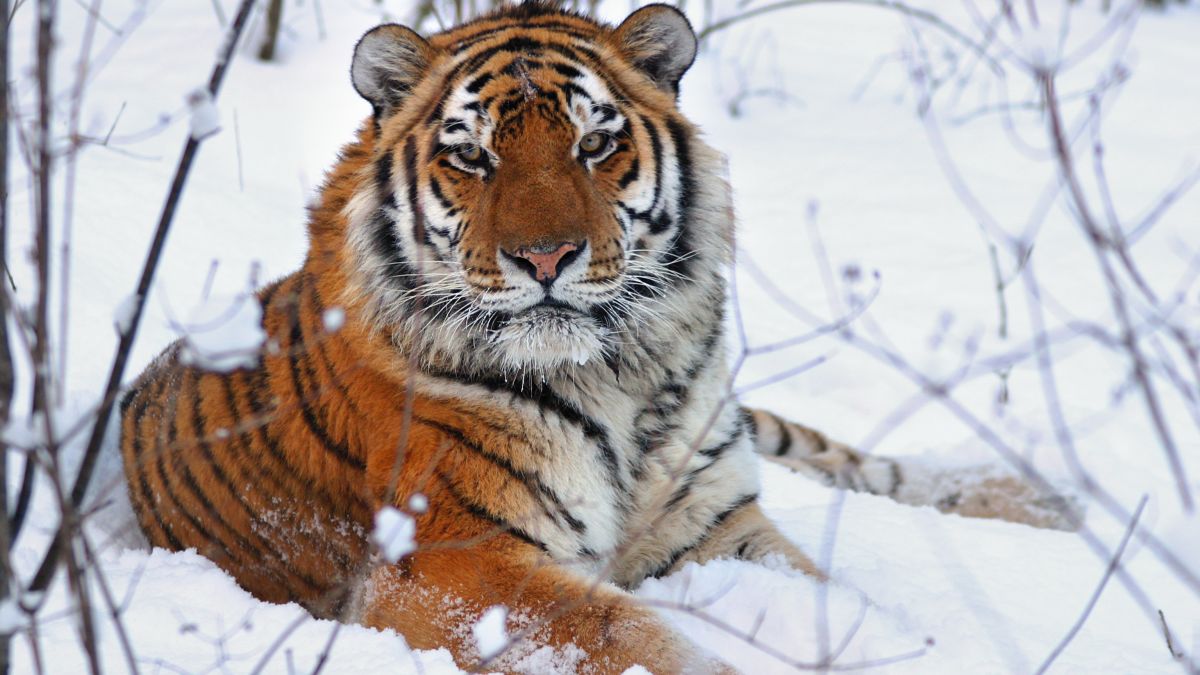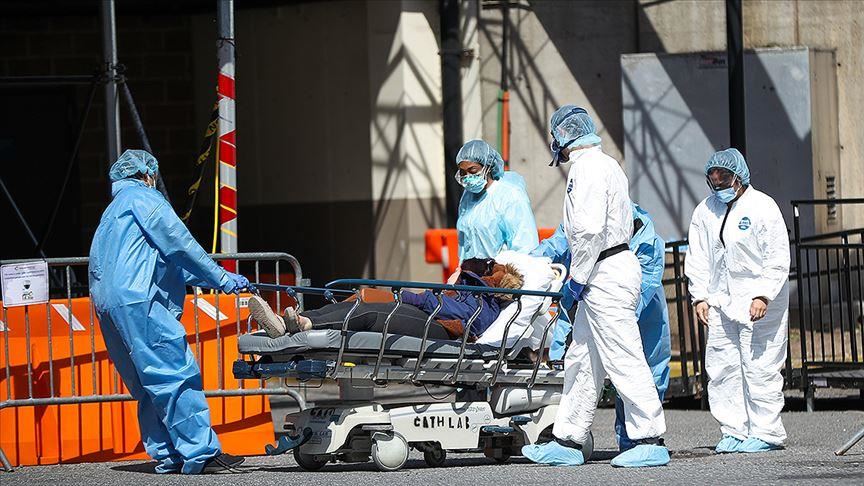Katie's HTML and CSS project
For this project, I picked 3 articles from National Geographic
ANIMALS
See the best wildlife photos of 2020
A rare, hopeful image of a Siberian tiger in Russia's Far East won Russian photographer Sergey Gorshkov the honor of Wildlife Photographer of the Year.

A Siberian tiger bathed in dappled light stands on her hind legs and embraces an ancient tree. Her eyes are squeezed shut, her mouth is pulled into what looks like a blissful smile, her cheek is pressed against the bark.
It’s a moment of pure beauty: Siberian tigers are highly endangered, but this one, notably, is at peace.For his photograph of this rare, fleeting moment, called “The Embrace,” Russian photographer Sergey Gorshkov has won the prestigious Wildlife Photographer of the Year, awarded today by London’s Natural History Museum.
It’s a moment of pure beauty: Siberian tigers are highly endangered, but this one, notably, is at peace.For his photograph of this rare, fleeting moment, called “The Embrace,” Russian photographer Sergey Gorshkov has won the prestigious Wildlife Photographer of the Year, awarded today by London’s Natural History Museum.
For his photograph of this rare, fleeting moment, called “The Embrace,” Russian photographer Sergey Gorshkov has won the prestigious Wildlife Photographer of the Year, awarded today by London’s Natural History Museum.
“It’s a scene like no other. A unique glimpse of an intimate moment deep in a magical forest,” said Roz Kidman Cox, chair of the judging panel, in a press release. The photograph of a highly endangered animal experiencing a tranquil moment “offers us hope,” said Tom Littlewood, the museum’s executive director of science. “Through the unique emotive power of photography, we are reminded of the beauty of the natural world and our shared responsibility to protect it.”[...]
“It’s a scene like no other. A unique glimpse of an intimate moment deep in a magical forest,” said Roz Kidman Cox, chair of the judging panel, in a press release. The photograph of a highly endangered animal experiencing a tranquil moment “offers us hope,” said Tom Littlewood, the museum’s executive director of science. “Through the unique emotive power of photography, we are reminded of the beauty of the natural world and our shared responsibility to protect it.”[...]
TRAVEL
This island unlocked the secret to long life—and knows how to get through tough times
Residents of Okinawa are some of the world’s healthiest and happiest. Strong social networks and good food may be why.

In the village of Ogimi, located in the rural north of Okinawa’s main island, there’s a small stone marker with a few sentences written in Japanese. Roughly translated, they read: “At 80, you are merely a youth. At 90, if your ancestors invite you into heaven, ask them to wait until you are 100—then, you might consider it.” That’s not bluster. At the latest count, 15 of Ogimi’s 3,000 villagers are centenarians. One hundred and seventy-one are in their 90s. Even in Japan, which currently has more than 70,000 people aged 100 or over, that’s a remarkable statistic.
It’s a moment of pure beauty: Siberian tigers are highly endangered, but this one, notably, is at peace.
Before COVID-19, travelers were beginning to take notice. Masataka Nozato at Ogimi Village Office says the town, far removed from the tourist trail, had started to see a slight increase in visitors curious about Okinawan longevity.
It’s a moment of pure beauty: Siberian tigers are highly endangered, but this one, notably, is at peace.
Before COVID-19, travelers were beginning to take notice. Masataka Nozato at Ogimi Village Office says the town, far removed from the tourist trail, had started to see a slight increase in visitors curious about Okinawan longevity.
An island located south of mainland Japan, Okinawa is one of five places around the world that author and National Geographic explorer Dan Buettner calls a “blue zone,” where he says people live the longest, happiest lives. Others include Sardinia, Italy; Nicoya, Costa Rica; Ikaria, Greece; and Loma Linda, California. Though travel to Okinawa and any blue zone is on hold for many, these towns offer lessons about surviving and thriving during difficult times, such as a pandemic. “Every longevity culture in the world suffered periods of hardships,” Buettner told TODAY. “They went through wars, famines, the same sorts of stresses that we’re suffering right now, and that’s a lesson for all of us.”[...]
SCIENCE
Who will get the vaccine first? Here's where you might land in line.
Health officials are wrestling with who should be first to receive a COVID-19 vaccine. Is it time to redefine what’s fair?.

Whenever a new vaccine gets approved, health officials have to tackle the difficult question of who should be first in line to receive it. Typically health-care workers are first, and in previous outbreaks, such as the H1N1 swine flu in 2009, people whose health was most vulnerable got priority, too. With the widely anticipated COVID-19 vaccine, there’s a new factor being considered: fairness.
On October 2, the National Academy of Medicine revealed its recommendations for COVID-19 vaccine distribution in an influential 237-page framework commissioned by the National Institutes of Health and the U.S. Centers for Disease Control and Prevention.
The report proposes distributing a vaccine in four phases as it becomes available. The first recipients are obvious picks: health-care workers, emergency responders, people with underlying conditions, and older adults living in group settings. This mirrors similar recommendations by the World Health Organization, and it is a foundational principle for the COVAX collaboration, a global effort to improve poorer countries’ access to a vaccine, which 171 nations have pledged to join. (The U.S. is not one of them, and a small group of scientists question the wisdom of putting some health-care workers at the top.)
The report proposes distributing a vaccine in four phases as it becomes available. The first recipients are obvious picks: health-care workers, emergency responders, people with underlying conditions, and older adults living in group settings. This mirrors similar recommendations by the World Health Organization, and it is a foundational principle for the COVAX collaboration, a global effort to improve poorer countries’ access to a vaccine, which 171 nations have pledged to join. (The U.S. is not one of them, and a small group of scientists question the wisdom of putting some health-care workers at the top.)
But for the first time in history, the report also recommends that priority be given to people who score high on the CDC’s Social Vulnerability Index, which identifies factors such as poverty, lack of access to transportation, or crowded housing that are linked to poor health outcomes. The committee of virologists, epidemiologists, economists, and other health researchers who wrote the report said the goal is to rectify the pandemic’s disproportionate burden on minorities and poor people and “work toward a new commitment to promoting health equity.”
The disparities are stark: Compared with white people, African Americans, Hispanics, and Native Americans are nearly three times more likely to contract the coronavirus. Blacks are twice as likely to die. “This approach allowed us to embrace a notion of equal regard for all people, and address the underpinnings of social inequity and factors that have landed African Americans, Hispanics, and Native Americans in situations and occupations in which they are less healthy,” committee member Jewel Mullen, associate dean for health equity at Dell Medical School at the University of Texas at Austin, tells National Geographic.Despite the report’s nuanced guidelines, it’s not clear how they will be practiced or enforced, nor how they will play out as the country prepares for an unprecedented vaccine rollout.[...]
The disparities are stark: Compared with white people, African Americans, Hispanics, and Native Americans are nearly three times more likely to contract the coronavirus. Blacks are twice as likely to die. “This approach allowed us to embrace a notion of equal regard for all people, and address the underpinnings of social inequity and factors that have landed African Americans, Hispanics, and Native Americans in situations and occupations in which they are less healthy,” committee member Jewel Mullen, associate dean for health equity at Dell Medical School at the University of Texas at Austin, tells National Geographic.Despite the report’s nuanced guidelines, it’s not clear how they will be practiced or enforced, nor how they will play out as the country prepares for an unprecedented vaccine rollout.[...]